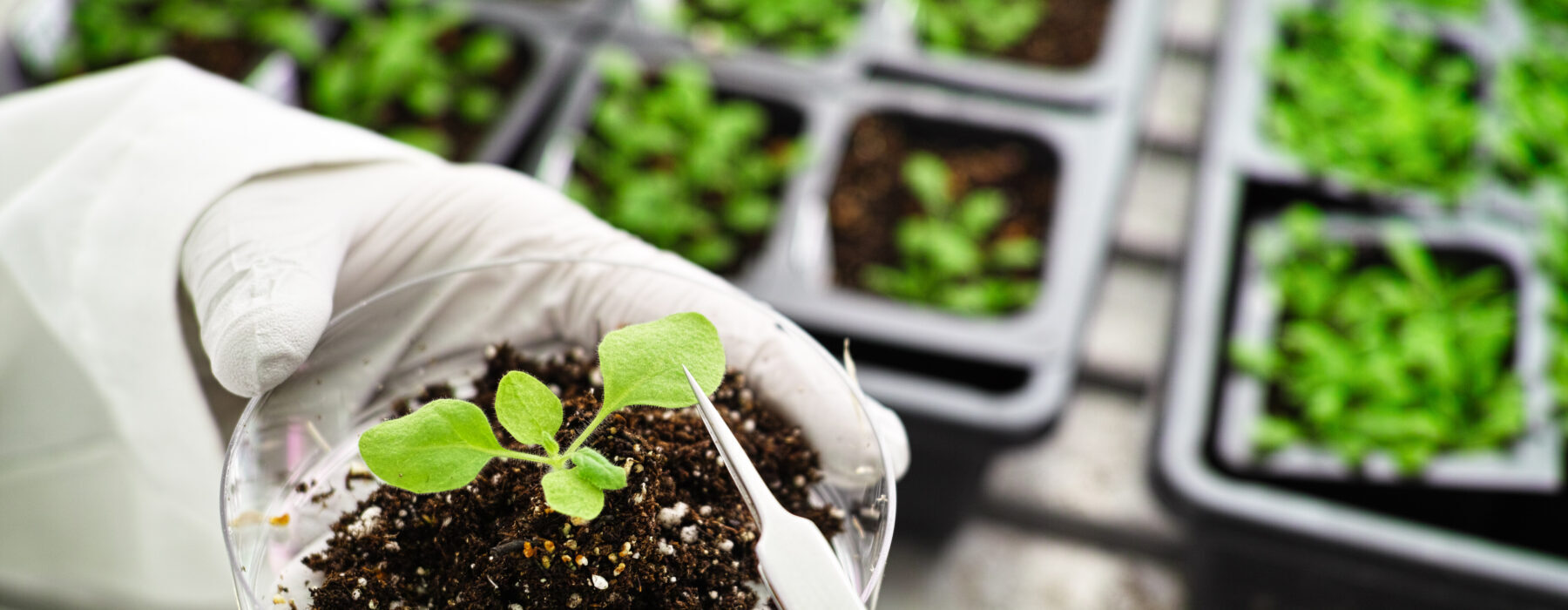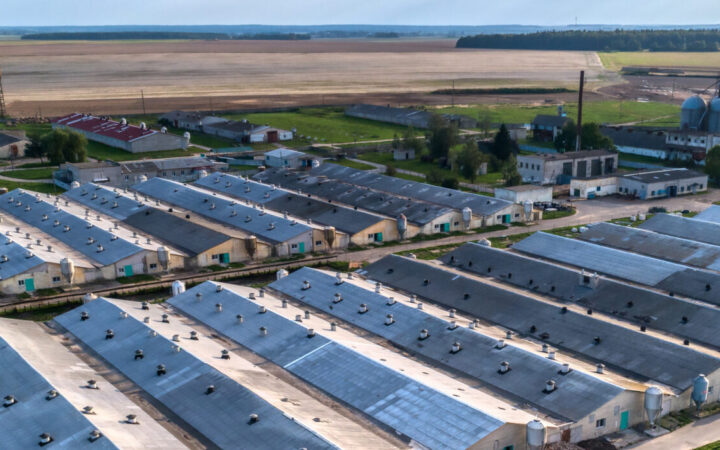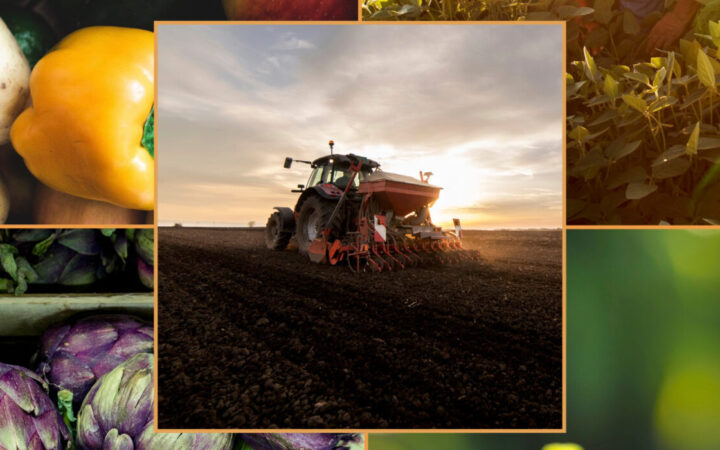This guide is intended to aid plant breeders who want to preserve plant genetic resources outside of the patent system. Its intended readers include those who are unfamiliar with the U.S. patent system as well as those well versed in defensive publication and intellectual property.
Introduction
Genetic diversity in crop species provides a reservoir of traits from which farmers can find, and plant breeders can develop, plant varieties best suited to local production conditions. Accessing this reservoir of crop genetic diversity will be especially important as climate change alters growing conditions for many farmers—making some areas hotter, or drier, or shifting growing seasons or the ranges of crop pests. Yet agricultural biodiversity throughout the world experienced a sharp decline over the past century, with around 75 percent of crop genetic diversity lost.
This steep decline in agricultural biodiversity occurred hand in hand with the drastic consolidation of seed companies. Over 60 percent of proprietary seed sales worldwide now come from just four firms, where there had once been thousands of independent seed companies. The remaining seed firms are agrochemical companies whose business model typically includes developing plant varieties that produce well when grown in combination with other inputs the company sells, such as herbicide-resistant crops that can withstand spraying by the company’s proprietary weedkiller. Companies patent the crops they develop so that no one else may sell or use them without permission.
Declining crop genetic diversity, combined with increasing patent protection over what genetic diversity remains, constrains farmers and plant breeders alike. Farmers have fewer options for planting, and plant breeders may lose access to the genetic diversity they need to create new varieties when much of that diversity is owned by agribusiness as intellectual property. Additionally, both farmers and plant breeders may fear legal action by patent holders if they inadvertently use plant varieties that are too similar to patented varieties.
In an effort to combat the trends of declining diversity and intellectual property restrictions on plants, some plant breeders are seeking options to prevent plant genetic resources from ending up in agribusiness patents. One of these is defensive publication—the act of publishing details about an invention or discovery to preclude others from patenting it.
This publication has four primary purposes:
- Provide all readers with an understanding and familiarity with the U.S. patent process generally, and how defensive publications fit into that process.
- Assist plant breeders in drafting their own defensive publications.
- Provide plant breeders a realistic perspective on practical challenges in defensive publication.
- Provide plant breeders resources for further exploration of defensive publications and patents
Ultimately, this guide is a tool to help users of all skill levels draft, publish, and use their own defensive publications in the plant-breeding industry.
Acknowledgments
This guide was produced by the Center for Agriculture and Food Systems at Vermont Law and Graduate School, in partnership with the Rural Advancement Foundation International-USA, with support from the USDA National Agricultural Library.
The authors would like to thank our primary partner and subject matter expert, Michael Sligh of Rural Advancement Foundation International-USA (ret.).
This guide would not have been possible without the assistance, cooperation, and production support of the following members of the Center for Agriculture and Food Systems at Vermont Law and Graduate School: Laurie Beyranevand, Claire Child, Sophia Kruszewski, and Lihlani Nelson.
We would like to thank the following people for reviewing this guide. The reviewers do not necessarily concur with the guide’s recommendations, but advised on portions of its content. Julie Dawson, Associate Professor in the Department of Horticulture at University of Wisconsin, Madison. Walter Goldstein, Executive Director of the Mandaamin Institute; Virginia Moore, Postdoctoral Research Scholar in the Department of Crop & Soil Sciences at North Carolina State University; James Myers, Professor of Vegetable Breeding and Genetics at Oregon State University; and Bill Tracy, Professor of Agronomy at University of Wisconsin, Madison.
Watercolor images: USDA Pomological Watercolor Collection. Special Collections, USDA National Agricultural Library. Seed catalog images: Henry G. Gilbert Nursery and Seed Trade Catalog Collection. Special Collections, USDA National Agricultural Library.
Report layout and design: Andrea DiMattina.
Suggested Citation
Cydnee V. Bence & Emily J. Speigel, Vt. L. & Grad. Sch. Ctr. for Agric. and Food Sys., A Breed Apart: The Plant Breeder’s Guide to Preventing Patents Through Defensive Publication (2019), https://www.vermontlaw.edu/sites/default/files/2020-01/Defensive-Publication-Guide.pdf.




